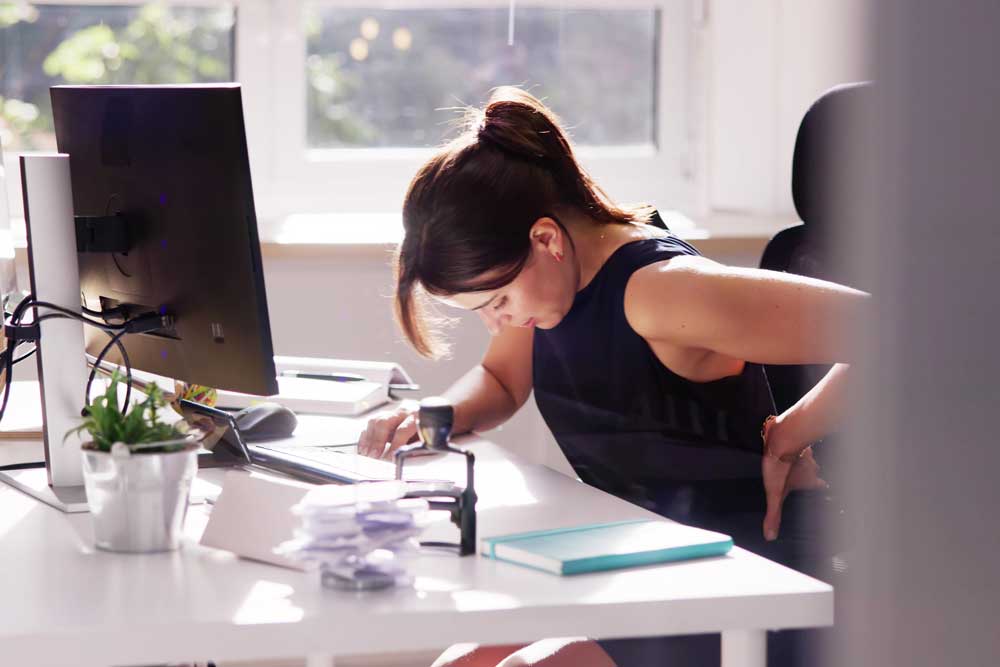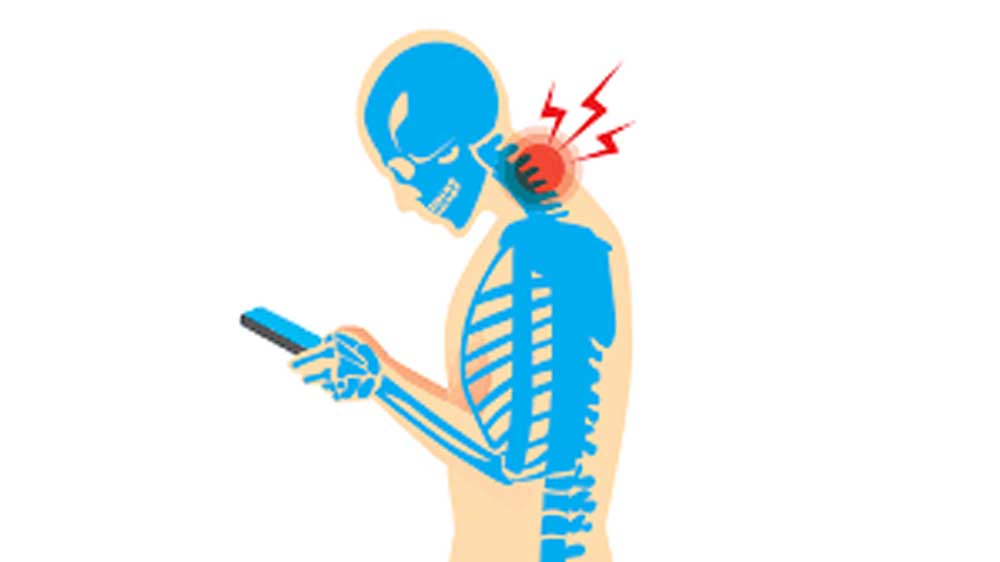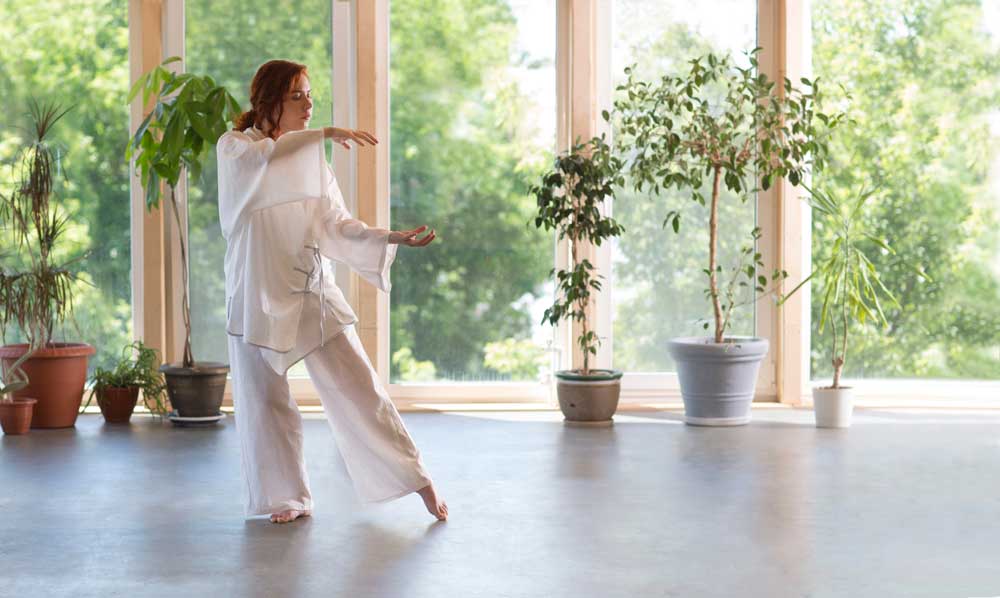Everyday activities including sitting in office chairs, looking at computers, clutching cell phones, driving, standing for extended periods of time, carrying handbags on the same shoulder, tending to small children, and even sleeping can develop bad posture over time.
It is easy for bad posture to become second nature, which can lead to and exacerbate bouts of neck and back discomfort as well as damage to the spinal structures. Thankfully, the primary elements influencing ergonomics and posture are entirely controllable and quite easy to modify.

It takes more than just standing up straight to have good posture and look your best. It has a significant role in your long-term well-being. Whether you are in motion or not, maintaining proper body alignment can help avoid discomfort, injuries, and other health issues. Your body posture is the way you hold it.
The way you hold yourself as you move, such as when you run, walk, or bend over to pick something up, is known as dynamic posture. While you are not moving, such as while you are sitting, standing, or sleeping, you are said to be in static posture. Making sure you have proper static and dynamic posture is quite essential.

Avoid Slouching
Slouching stresses your spine. As a result, the bones, muscles, and joints that support your backbone are strained. However, poor posture affects more than just your back. Your lungs and intestines have a tougher time functioning while you are in a continual slouch because it compresses your inside organs. That will eventually make it difficult for you to properly digest food or breathe.
Stand Tall
An excellent means of avoiding postural issues? Stand tall. You'll appear and feel better. To determine your height, pretend that you are leaning against a wall. Tuck your chin in and keep your head straight. The middle of your shoulders should be covered by your ears. Maintain a straight knee, tucked in belly, and shoulders back when standing, don’t let your hips stick out. Straighten up so your head stretching towards the sky.

Slump-desk Posture
It's comfortable to slump—you could even recline and turn around a little. But that's not a good posture. Instead, try this: Recess the chair all the way. To preserve the natural bend of your spine, place a small, rolled-up towel or lumbar cushion behind your mid-back. Maintain a straight angle in your knee bending and keep them at hip level or little higher. Put both of your feet flat on the ground.

Text Neck
Always on your smartphone? Give yourself a minute to extend your neck. Your spine gets seriously strained when you incline your head downward to look into your phone or read messages. That can mount up over the course of a day or a year. Raise the phone so you can see better, and move your eyes, not your head.
Low-riding
Of course, lounging back on a long trip feels good. However, it does not improve your posture. Consider sitting up more as an alternative. Avoid locking your legs. Your knees should be slightly bent. They ought to be somewhat higher than hip level. Remember to support yourself with a pillow or rolled-up towel behind you.

Choose Comfortable Footwear
They may be in style, but their posture is probably not. The base of your spine is forced forward by pumps and stilettos, overarching your back. This may exert pressure on nerves and alter the alignment of your backbone, resulting in back pain. Additionally, wearing really high heels increases knee strain. For daily wear, go for a chunkier, lower heel or any comfortable footwear.

Nap The Right Way
Don't get the saggy, soft mattress. Select a firm one that maintains the natural curvature of your spine. Do you sleep on your side? Don't hug your knees; instead, bend them slightly. Adjust a pillow so that your head and spine are parallel. Instead of using a thick cushion under their necks, back sleepers should use a little one.

Exercise
Your back is strained more when you carry excess weight around your abdomen. To maintain your spine, you require strong muscles. A well-crafted exercise regimen will maintain the optimal condition of your body and spine and that's crucial. Take up low-impact activities such as tai chi.
Image source: TheGoodMama, Gstatic